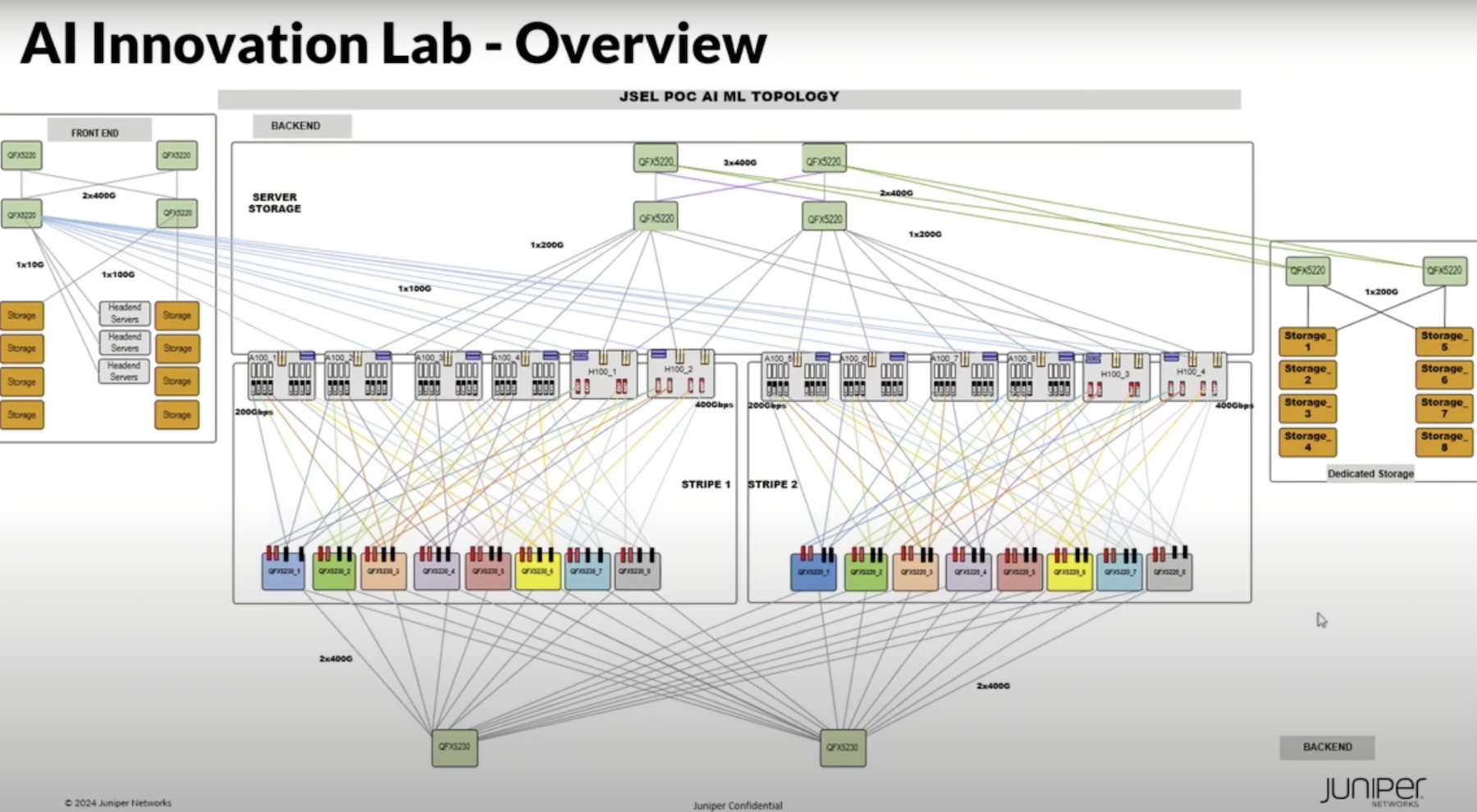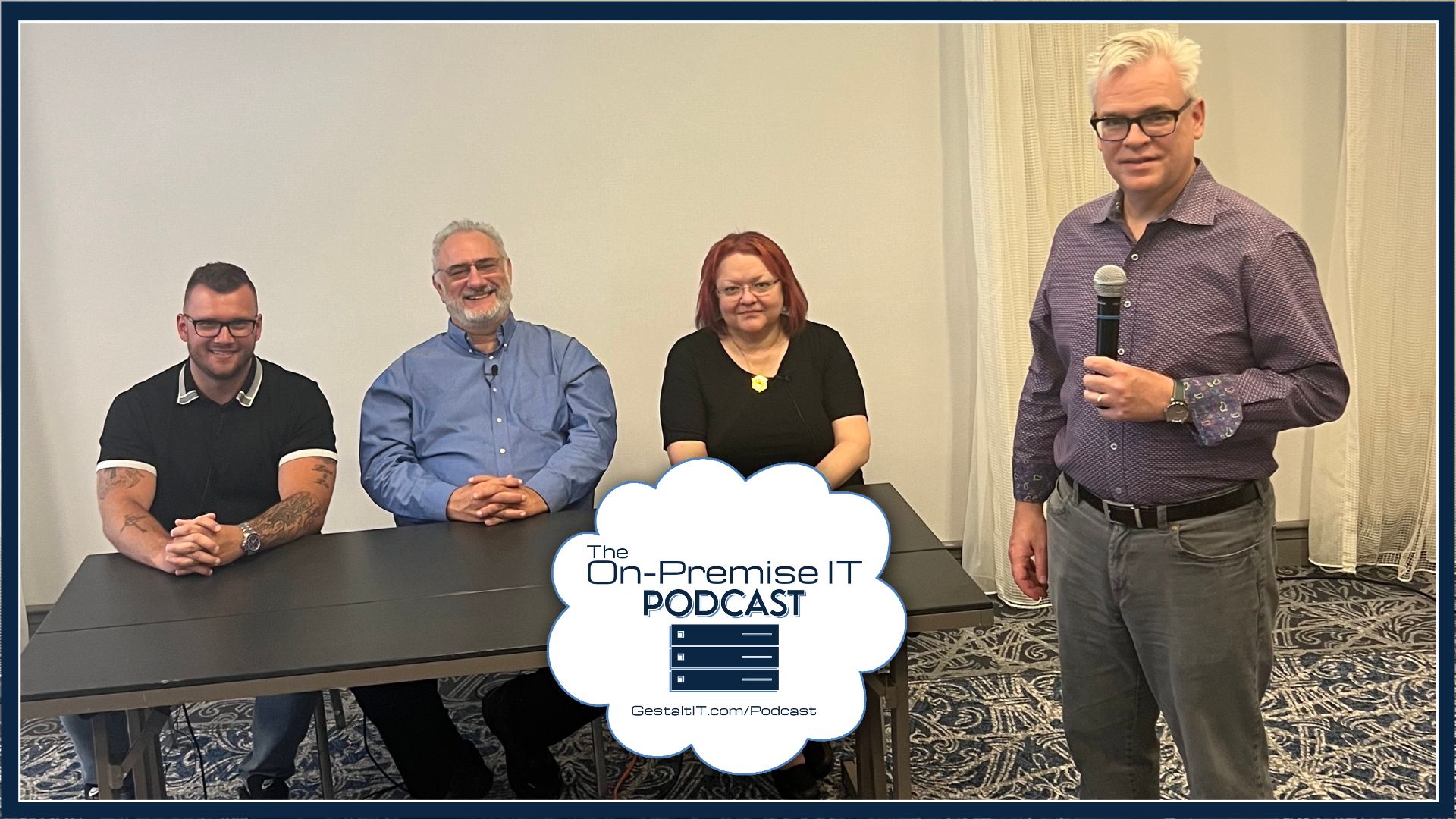Splice Machine‘s Livewire AI Platform simplifies the operationalization of AI. It is a combined data and AI platform designed to enable big industry to deploy predictive applications that keep operations up and running.
Before the launch of Livewire, most AI platforms needed scores of different components to make them work. A company required individual elements for the data scientists, the ML engineer, the data engineer, and even the software developer to put together a comprehensive, working AI solution.

Complexity
The heart of this complexity is in the data layer; the application developer needs an operational database to power the application and deploy models for scoring in real-time inference. The developer also has to perform a great deal of interaction with data engineers to execute it, from the operational database to the analytics engine. The analytics engine performs aggregations, and it turns transactional data into insights. The data scientists then get their hands on that data through future engineering pipelines and create the curated attributed information that can provide signals to machine learning and AI.
That is a complicated process. It takes a long time to get right.
To put all of the correct pipes in place to launch AI requires an army of specialized distributed system engineers, and it takes a long time to launch a new project. There is a ton of brittle code out there, and realigning different versions in traditional AI development platforms is complex. Each realignment requires significant cloud or on-prem infrastructure. As you move data around, this introduces latency.
How does this impact models? Generally, the models that are making predictions based on this system are inaccurate because of that ongoing complexity.
Machine Learning for Industry
With Livewire, Splice Machine focuses on machine learning for industrial applications, such as refining and chemical processing. The platform can detect anomalies before they happen and alert employees to fix the issue before it happens; thus, it can save plants millions of dollars of downtime a day.
For example, a chemical process called foaming in the chemical processing industry causes millions of dollars in outages and plant shutdowns. If AI can detect foaming before it happens and alerts an operator in enough time to press a button to inject a chemical agent, outages can be avoided.
If a plant does not have accurate models, detection doesn’t happen, accidents happen, and who can afford $1 million a day?
Splice Machine’s goal is that enterprise AI should bring operational real-time fabric to bear on the enterprise at scale, not in the lab, but instead deployed across plants and in multiple plants.
How Does It Work?
With Livewire, Splice Machine merged database technology with machinery technology, essentially combining three components into one platform; analytics, model tracking, and scalability across platforms to build a true acid compliant, full sequence operational database.

The application’s robust Sequel can handle and operate old applications such as IBM DB2. Livewire is addressing new AI applications and the modernization of old applications with AI, in particular being able to do what most of the big data world has ignored – operational workload.
Livewire can inject its machine learning directly into the database with full up notebook capabilities and frameworks.
Architecture
The Livewire platform features an ingestion and connectivity component which is critical for it to coexist with all myriad of data sources that exist, whether that is the SCADA and control systems, or the connections to various IoT sensors and other IoT, or looking at integration with ERP systems.
In addition to having ingestions into the data layer, it also has a machine learning component that enables users to perform prediction and reuse the existing data science work in a further store in many models. But, that’s all wonderful, but humans need to be able to use it. The system has a full observability platform that allows users to monitor the real-time data coming into the model, work on it, and visualize the plant’s predictions.
The data platform is a sequel operational and analytical database. It is fully acid compliant and allows the acid compliance across multiple tables and rows; it allows users to look up a single record. For example, the user can find a particular sensor value at a specific time in milliseconds.
As well as everything a user would expect from a standard operational database, there is an analytical system. So, if a user issues a large query that will address many records, if not the whole database, the analytics can join that data together, aggregate it, and report on it. Its analytical execution takes place on Apache Spark.

Another component is prediction capabilities. Splice Machine gathered together key prediction frameworks and embedded them into the data layer. When the user runs Splice Machine, they get Jupiter notebooks, and each data scientist gets an isolated sandbox so they can do whatever they want. The Jupiter notebooks are polyglot and can work in any language – Sequel, Python – and share data across these different notebook cells. These can extend with new frameworks that come out, or if a company builds its own, they can embed it.
Also embedded into the platform is ML Flow, designed to keep track of models, which lets users keep track of experiments and plot how predictive they are against each other. When models are built and put into ML Flow, users can say in their notebook to deploy a model. This will generate a table in Splice Machine. When data elements are inserted in that table, such as temperature, weather data, etc., as soon as that record is inserted, the trigger fires, runs the model and puts the predictions into the table.
Splice Machine embedded a temporal observability platform called Grafana – which builds dashboards. It makes time series a lot easier and allows users to put predictions right next to observations. Grafana is a powerful way to bring AI to bear.
Experimentation Culture
You can buy it, use it, deploy it.
Splice Machine’s Livewire is modular and open source; it has integrated machine learning with a scale-out platform that is familiar because it is Sequel. With Livewire, Splice Machine has created a culture of experimentation, and users can iterate through many models until they get a very predictive one.
Splice Machine’s solution is designed to be much tighter, easier, faster, and less expensive than proprietary frameworks built from scratch.
The platform is designed to enable industries to deploy machine learning applications up to 100 times faster, with fewer expensive and specialized talents. This reduces the financial burden on enterprises and makes machine learning and AI more accessible.
To learn more about Splice Machine, head over to the website: https://splicemachine.com/




